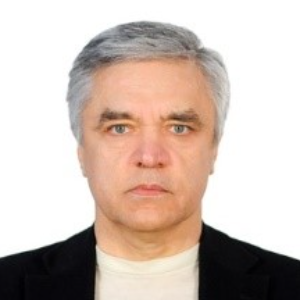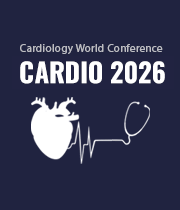Thoracic Aorta
The thoracic aorta stands as a central conduit within the human circulatory system, serving as a lifeline for the distribution of oxygenated blood throughout the upper body. Nestled behind the sternum and coursing through the chest, this essential vascular structure comprises the ascending aorta, aortic arch, and descending aorta. Its intricate web of arteries facilitates the seamless delivery of oxygen and vital nutrients to organs and tissues, ensuring the metabolic equilibrium necessary for optimal bodily function. Situated as a vital thoroughfare, the thoracic aorta extends its influence over critical regions, including the brain, arms, and upper torso. This vascular network plays a pivotal role in sustaining the physiological well-being of these areas by maintaining a constant flow of blood, fostering the vitality of the organs it serves. However, the thoracic aorta is not immune to afflictions, and pathological conditions can cast a shadow over its pivotal role. Aneurysms and dissections, among other disorders, pose substantial threats to the integrity of the thoracic aorta. These conditions demand meticulous attention and prompt intervention, as their consequences can be severe, underscoring the critical importance of comprehending the intricate anatomy and function of this vascular structure.

Arthur J Siegel
Massachusetts General Hospital, United States
Sergey Suchkov
N. D. Zelinskii Institute for Organic Chemistry of the Russian Academy of Sciences, Russian Federation
Narendra Kumar
HeartbeatsZ Academy, United Kingdom
Arthur J Siegel
Massachusetts General Hospital, United States
Yong Xiao Wang
Albany Medical Center, United States
Narendra Kumar
HeartbeatsZ Academy, United Kingdom



Title : New recommendations for the prevention of sudden cardiac death in athletes and recreational sports
Sekib Sokolovic, ASA Hospital Sarajevo, Bosnia and Herzegowina
Title : Coronary revascularization in patients with diabetes: Prospects for stenting in patients with type 1 diabetes and coronary artery disease
Mekhman N Mamedov, National Research Center for Therapy and Preventive Medicine, Russian Federation
Title : An adult case of polysplenia syndrome associated with sinus node dysfunction
Apoorva Tripathi, Oxford University Hospitals, United Kingdom
Title : Personalized and precision medicine (PPM) as a unique healthcare model through biodesign-driven translational applications and cardiology-related healthcare marketing to secure the human healthcare and biosafety
Sergey Suchkov, N. D. Zelinskii Institute for Organic Chemistry of the Russian Academy of Sciences, Russian Federation
Title : A unique cell-driven phenomenon in the heart and the promising future of the innovative translational tools to manage cardiac self-renewal and regeneration
Sergey Suchkov, N. D. Zelinskii Institute for Organic Chemistry of the Russian Academy of Sciences, Russian Federation
Title : Young hearts at risk: Hidden cardiovascular damage and the role of social determinants of health among youth with type 1 diabetes in Kenya
Phoebe Wamalwa, Ministry of Health, Kenya